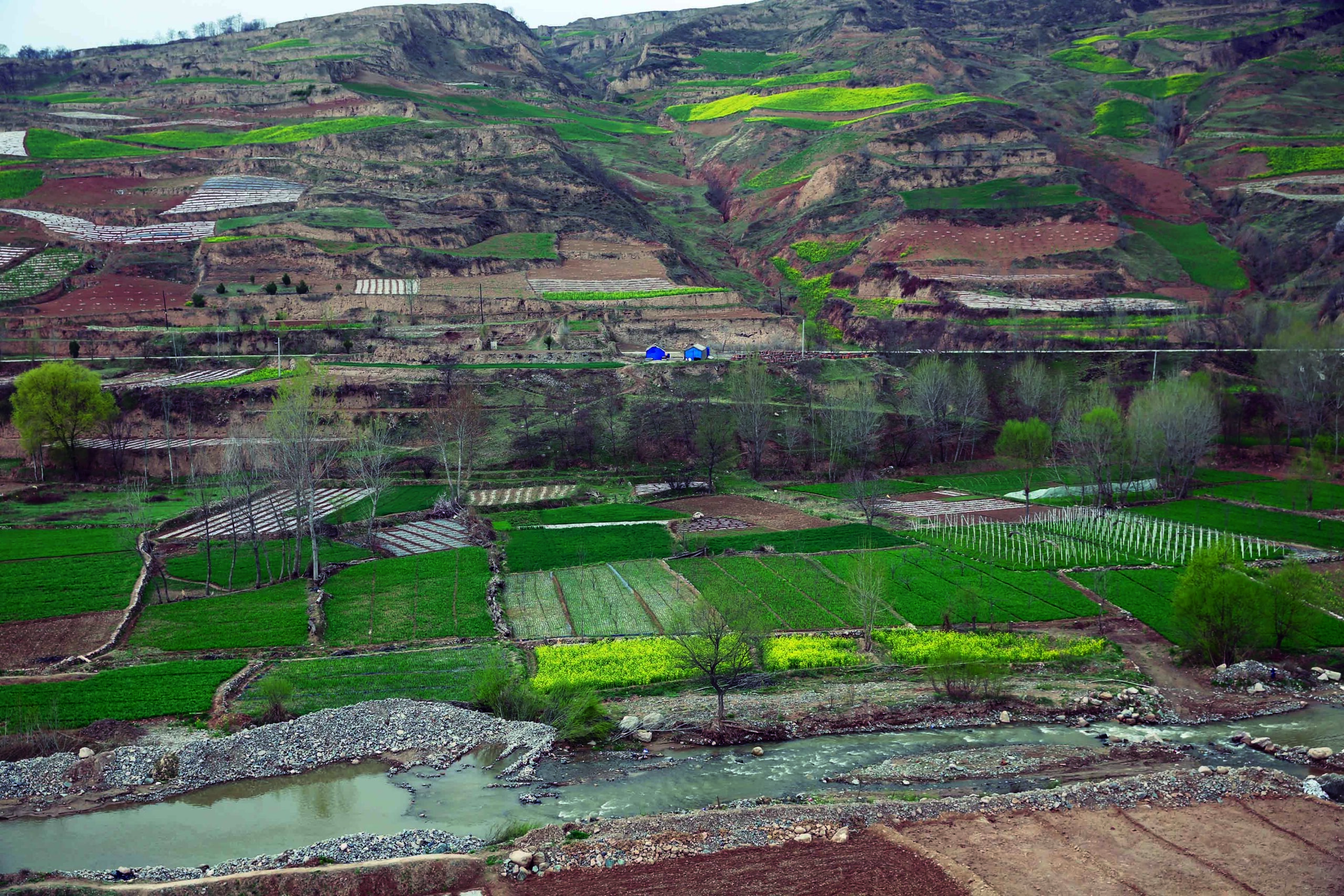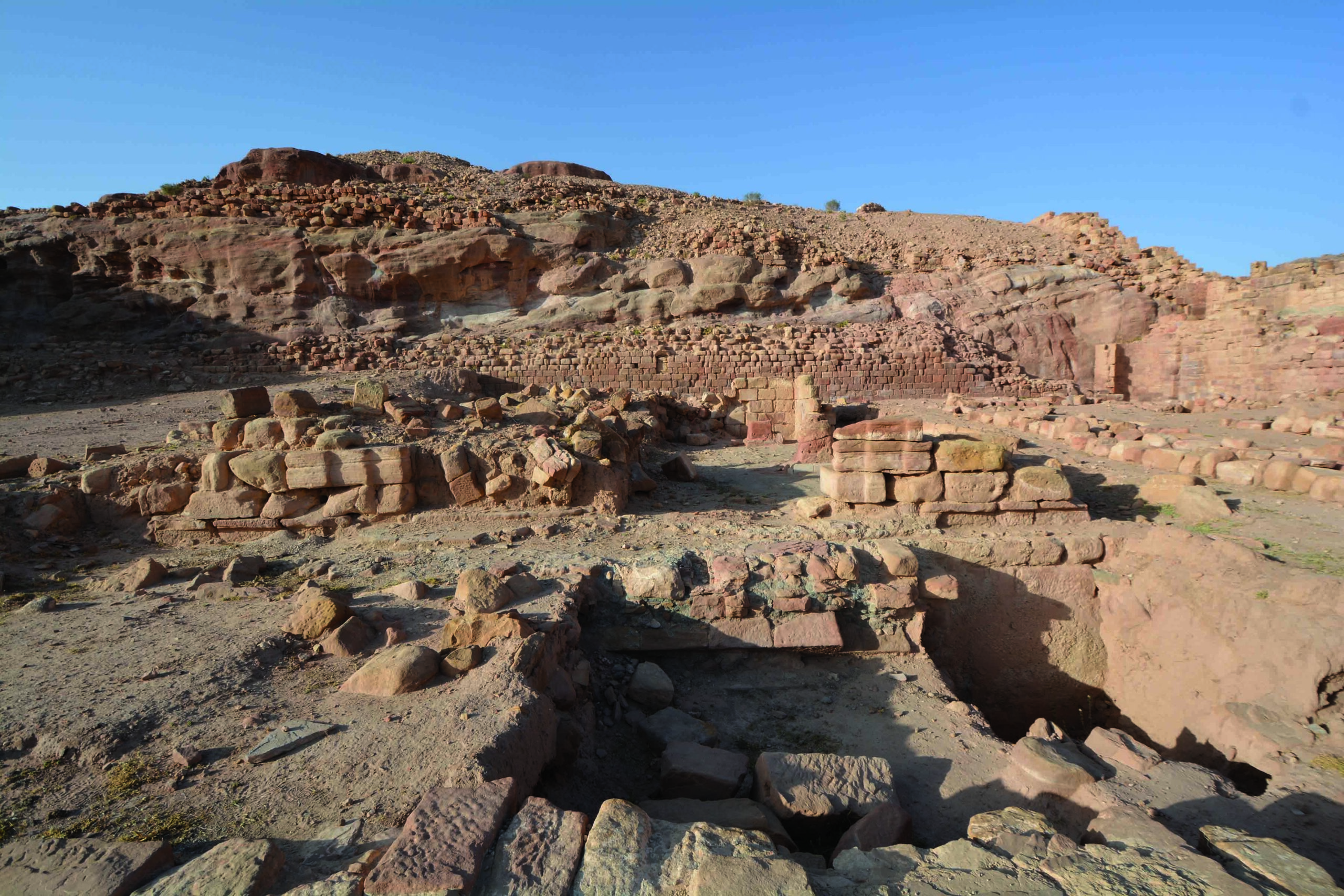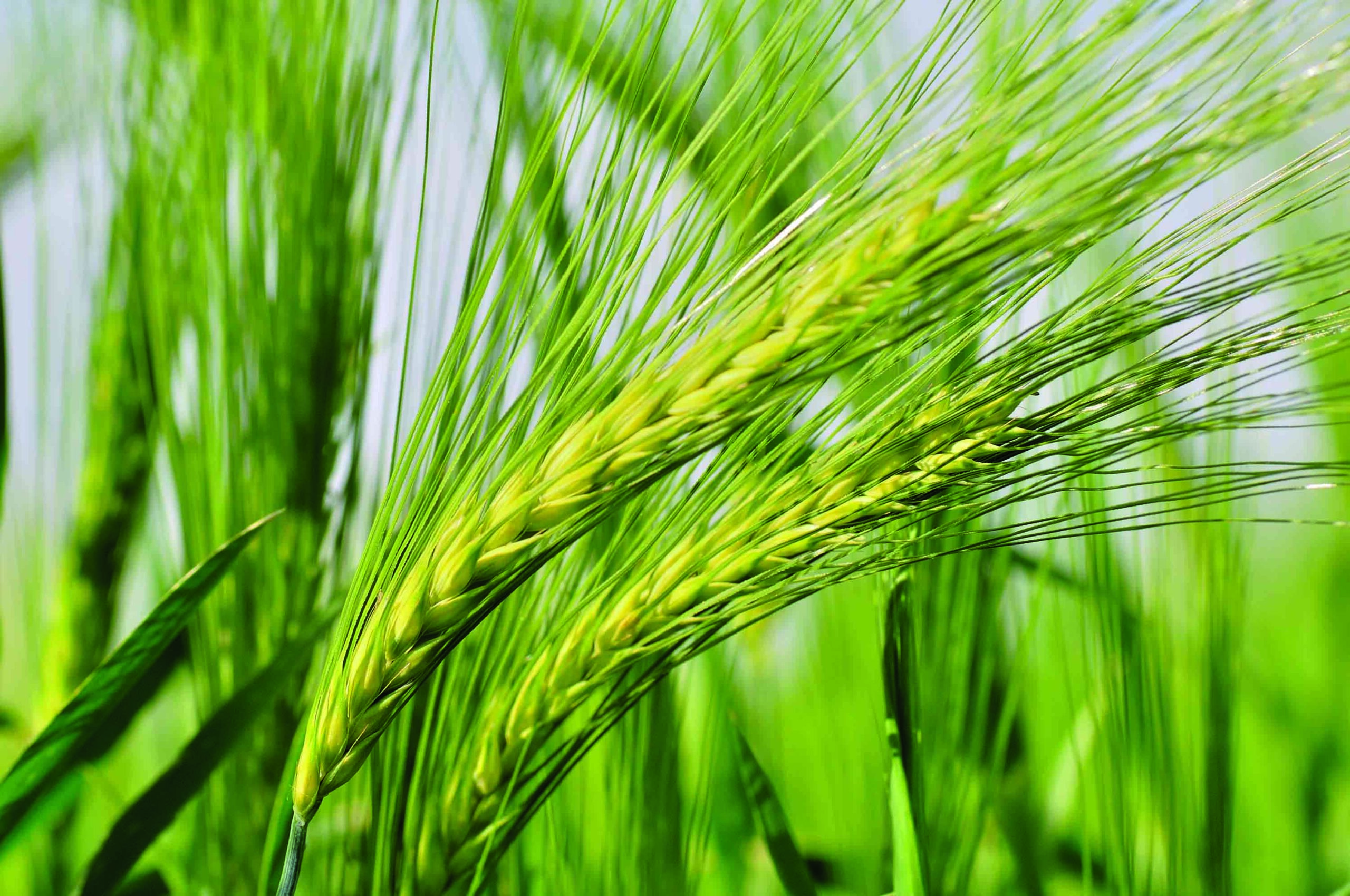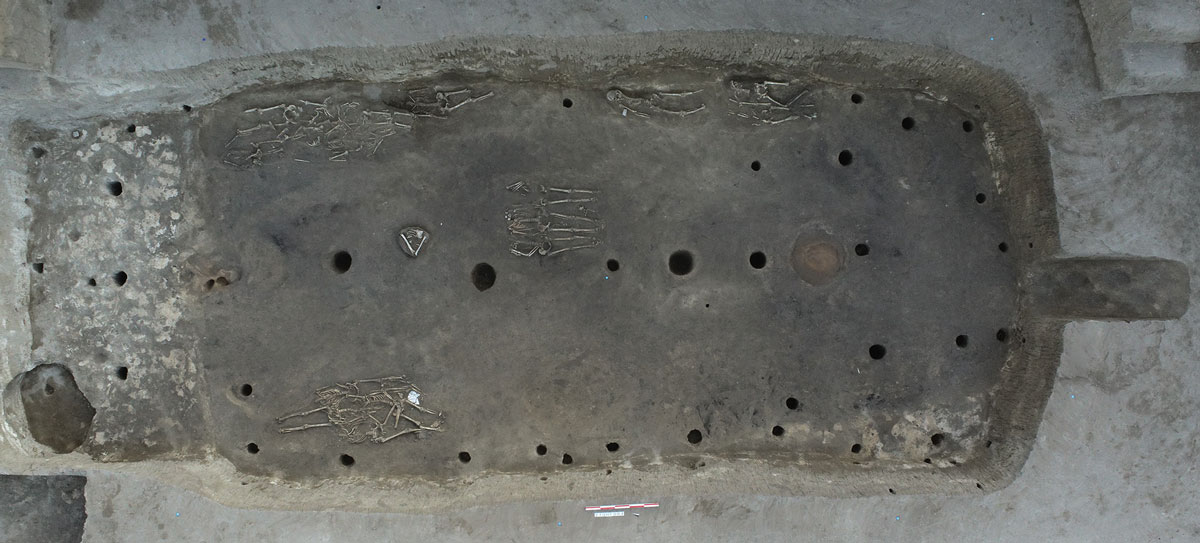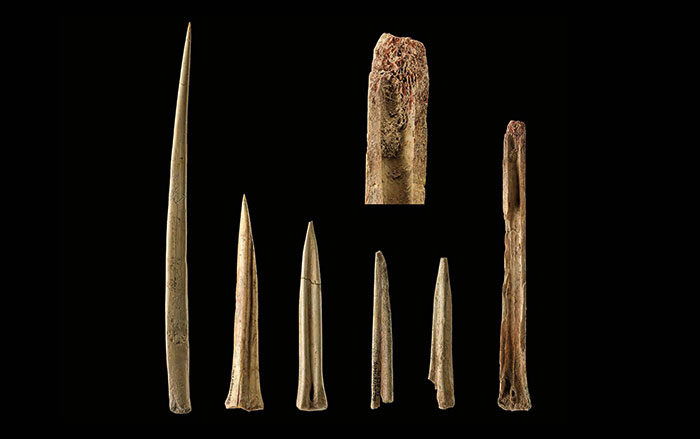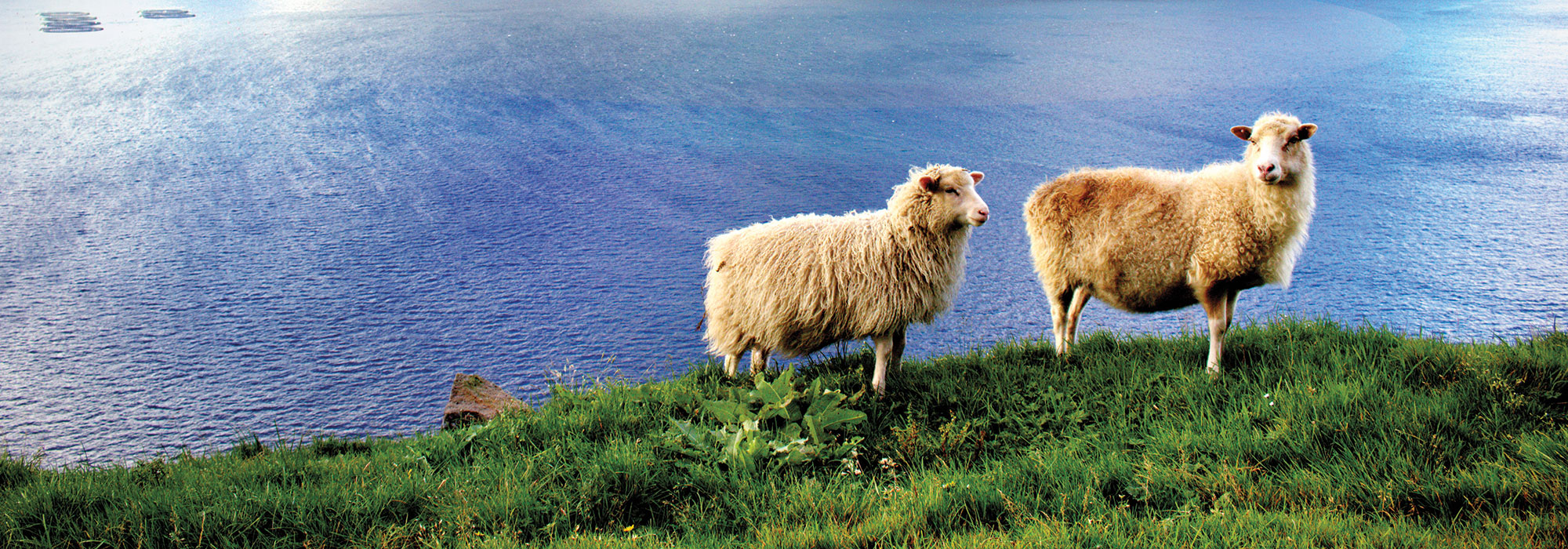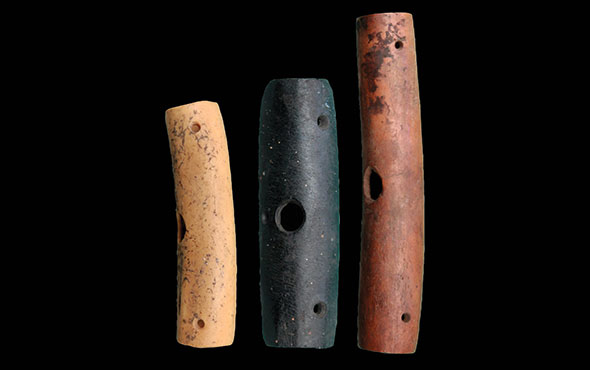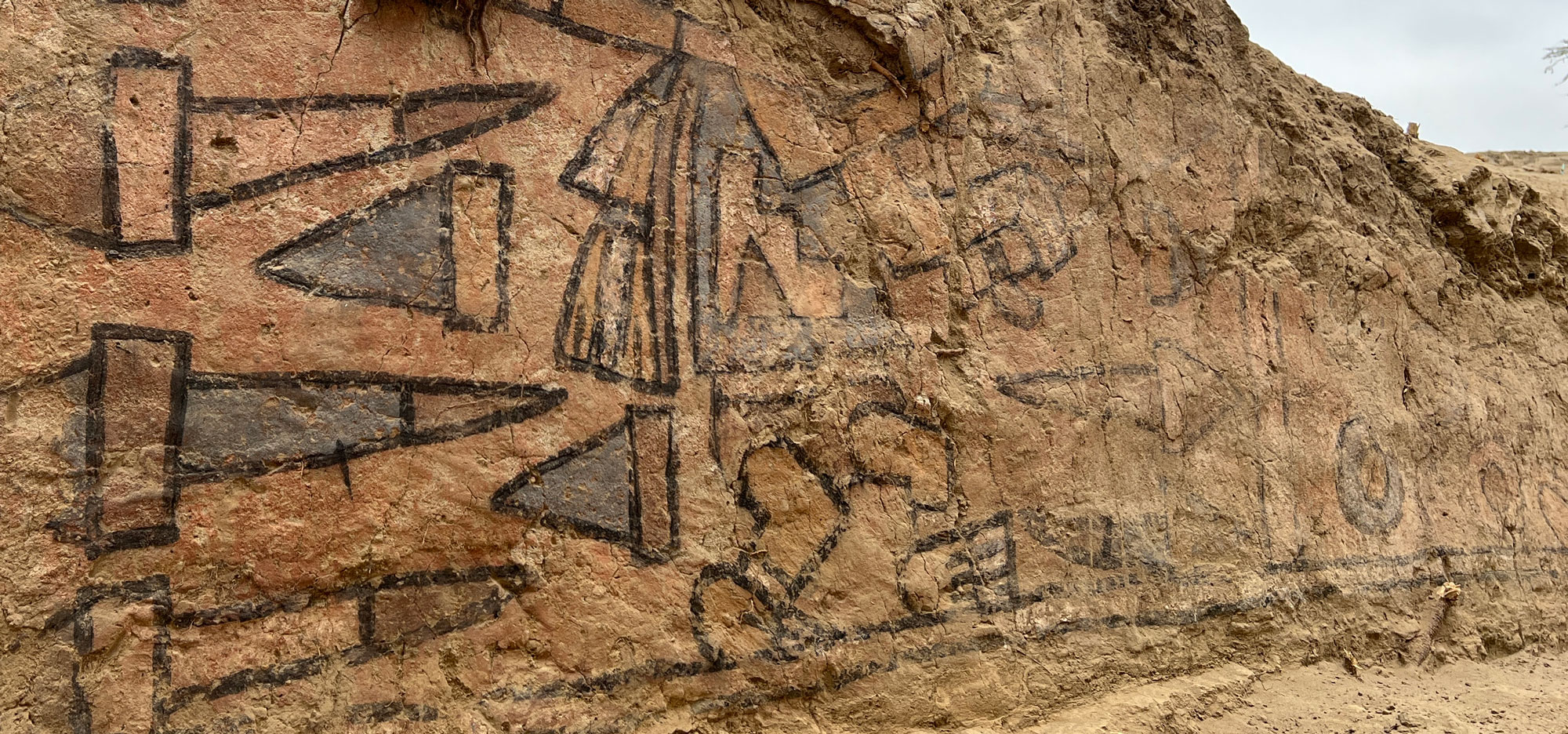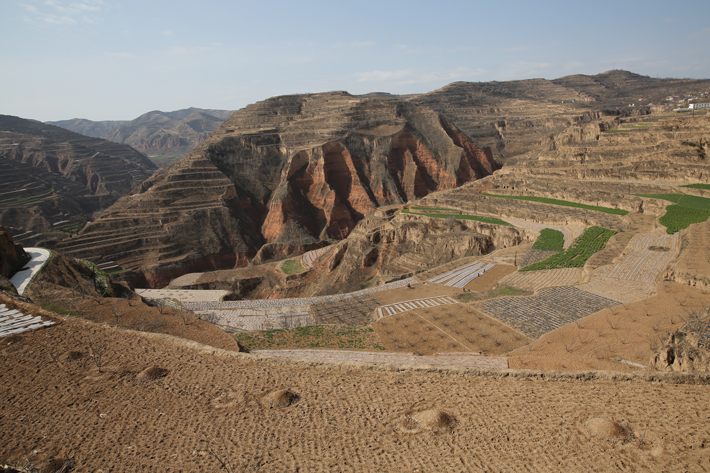
People had successfully been growing millet on northern China’s Loess Plateau for thousands of years when wheat was introduced to the region from the Near East around 4,000 years ago. This new crop brought both challenges and opportunities. “The central question is, did ancient farmers on the Loess Plateau who wanted to grow wheat also introduce new systems of irrigation to support it?” says archaeologist Xinyi Liu of Washington University in St. Louis.
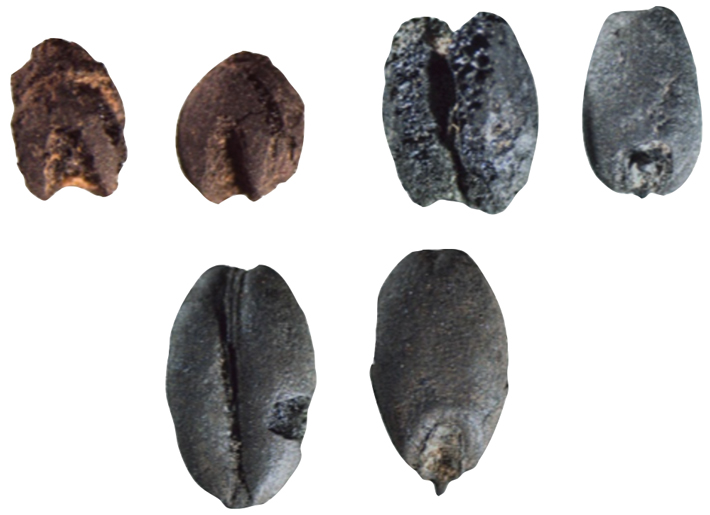
To try to answer this question, Liu and an international team conducted archaeobotanical and isotope analysis of more than 30,000 grain seeds collected from Zhuanglang County in the western part of the plateau. The results showed that the wheat, unlike the barley—which was introduced at about the same time—showed no signs of water stress. Millet, and later barley, was grown only during summer months on hilly land when the monsoon season’s rainfall was usually adequate to supply the water required by these hardy crops. Wheat, on the other hand, which is water intensive and was originally a winter crop, could be grown in riverine environments, but required extensive human intervention. “Our results,” says Liu, “show that the introduction of wheat to China was accompanied by water management knowledge that was distinct from the previous rainfed cultivation.”
There is an assumption, explains Liu, that this knowledge must have concerned the type of large-scale irrigation found at sites in the Fertile Crescent and beyond, and that the requirements of this sort of system led directly to the formation of a state-run bureaucracy. Despite intensive archaeological investigation, however, no evidence of large-scale channel irrigation has been identified in the region.“The mismatch between the unequivocal evidence of well-watered wheat and the lack of evidence of channel irrigation suggests a local style of water management using strategic planting and small ditches,” Liu says. He believes that this mismatch itself is key evidence as it shows that water management was a bottom-up activity rooted in rural communities and not necessarily related to state bureaucracy. “Knowing what to plant in the proper place, such as growing wheat along rivers where water-retaining soil is plentiful and knowing that some simple ditches are enough to relocate water is sufficient,” Liu says. “Localized knowledge of the landscape can be as important a source of how to manage water as any introduced technology. And the knowledge itself becomes archaeological evidence.”
